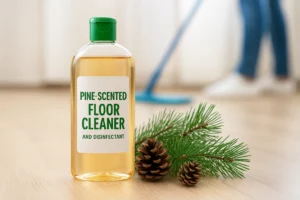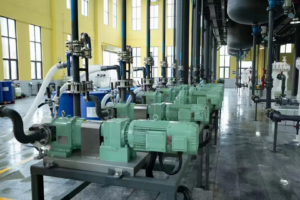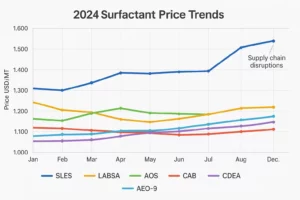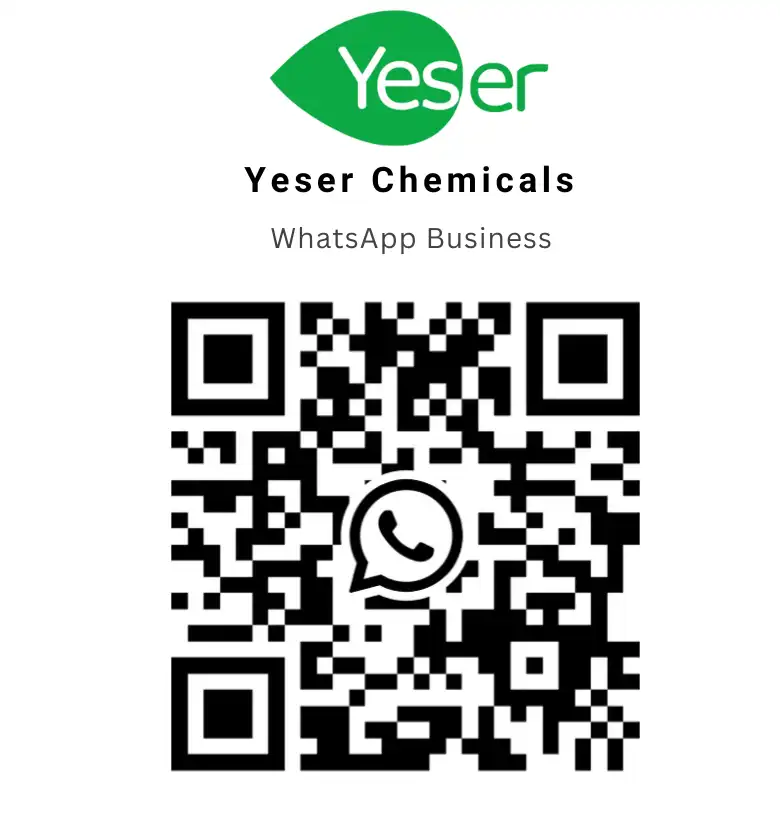Introduction
Surfactants play a vital role in the chemical and detergent industries, where they enhance the cleaning power of formulations by reducing surface tension and increasing their ability to mix with water. Their use enables detergents to break down and dissolve stains quickly, ensuring effective cleaning. Sodium Lauryl Ether Sulfate (SLES) and Linear Alkylbenzene Sulfonic Acid (LABSA) are two workhorse surfactants in the modern detergent industry.
With recent cost fluctuations and increased focus on environmental concerns, some detergent manufacturers have begun exploring the possibility of replacing or partially replacing LABSA with SLES. This article discusses the advantages, challenges, and strategies in making this crucial transition.
Price Trends of SLES and LABSA
Recent data reveals a noticeable drop in SLES prices, with SLES 70% currently available for around USD 860/MT-870/MT FOB China. When converted to 100% active matter, the price of SLES is approximately USD 1228.57/MT-1242.86/MT FOB China.
At the same time, LABSA 96% is priced around USD 1350-1380/MT FOB China. When converted to 100% active matter, the price of LABSA is about USD 1406.25/MT-1437.50/MT FOB China.
Apparently, SLES is much more cost-effective than LABSA. Detergent producers may consider replacing LABSA, either entirely or partly, with SLES to minimize costs.
Have a demand for SLES?
Yeser Chemicals is a dependable producer & supplier of high quality ingredients for detergents and personal care products. We supply SLES 70% at competitive price and offer FREE samples for testing. Send us an inquiry, and get competitive offer.
Get a QuoteProperties and Applications of SLES
A. Chemical structure and properties
SLES is a mild anionic surfactant derived from ethoxylated lauryl alcohol. It is characterized by its excellent foaming properties and high biodegradability, making it ideal for use in personal care products and detergent formulations.
B. Common uses in detergents and other products
SLES is widely used in liquid detergents, shampoos, hand washing liquids, dishwashing detergents, and bubble bath liquids. It is also used in washing powder and detergent for heavy dirt, and partially replacing LABSA in these formulations can lead to savings or a reduction in the use of phosphates.
C. Advantages of SLES in detergent formulations
SLES has excellent cleaning and foaming properties, making it suitable for use in a wide range of detergent formulations. Additionally, it is readily biodegradable and offers milder skin-irritating properties compared to other surfactants.
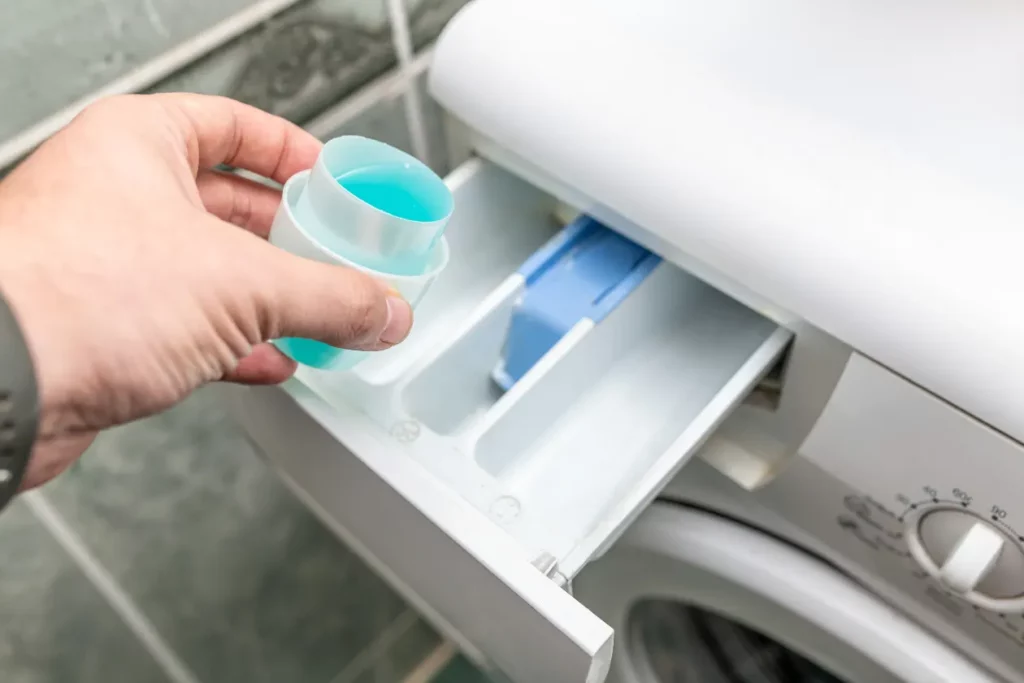
Properties and Applications of LABSA
A. Chemical structure and properties
LABSA is a synthetic anionic surfactant derived from linear alkylbenzene. It possesses excellent cleaning and foaming properties, making it a popular ingredient in detergents and cleaning products.
B. Common uses in detergents and other products
LABSA is widely used as an industrial detergent and in synthetic detergent powder formulations. Its high solubility in water and effective cleaning performance make it a popular choice for manufacturers.
C. Concerns and challenges with using LABSA
Despite its effective cleaning properties, LABSA has a higher potential for causing skin irritation compared to SLES. Additionally, LABSA’s impact on the environment is a growing concern, as it is less biodegradable than SLES.
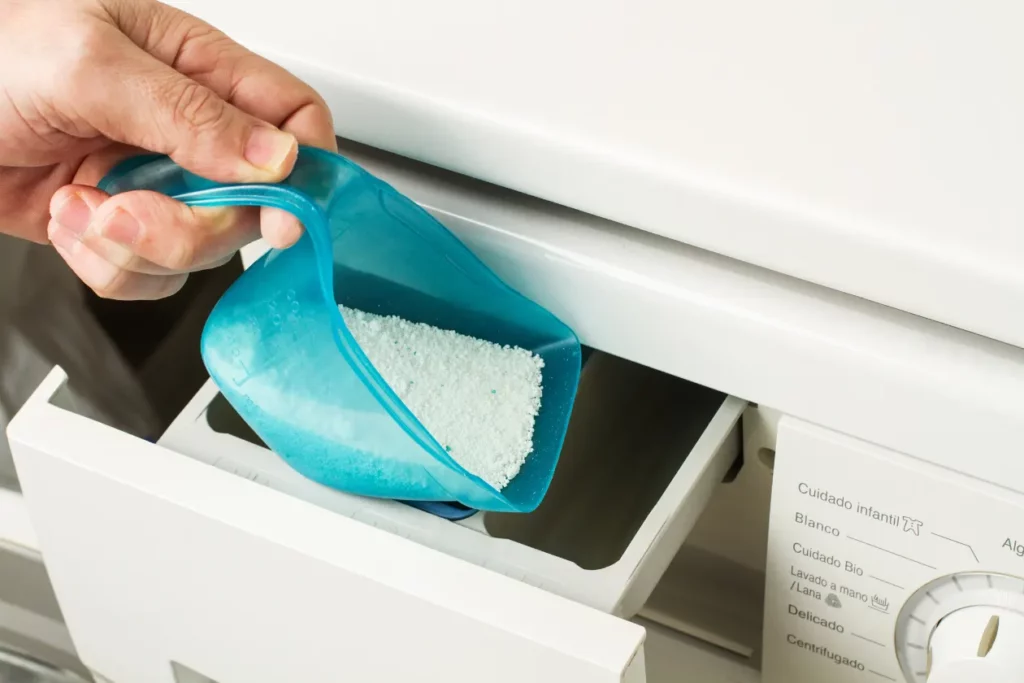
Comparing SLES and LABSA
A. Differences in chemical structure and properties
SLES and LABSA differ in their chemical structure, which leads to differences in their properties. SLES is milder than LABSA and tends to offer better foaming properties. Additionally, SLES is more biodegradable than LABSA.
B. Analysis of cleaning performance
In terms of cleaning performance, both SLES and LABSA provide effective cleaning action. However, SLES is generally considered milder and more suitable for use in personal care products, whereas LABSA may be more effective for industrial and heavy-duty detergent applications.
C. Environmental impact and safety considerations
SLES is more biodegradable and has a lower potential for skin irritation compared to LABSA. These factors make it an attractive alternative for detergent manufacturers looking to reduce their environmental impact and provide gentler formulations for consumers.
Partial Substitution of LABSA with SLES
A. Role of SLES in phosphate reduction
Using SLES to partially replace LABSA can offer various benefits, such as reducing overall active ingredient dosage and significantly decreasing phosphates’ use in detergent formulations. One reason for this is that SLES is more resistant to hard water, which means it can maintain its cleaning efficiency without relying on phosphates to soften the water.
B. Benefits of reduced active ingredient and water softener dosage
With a lower overall active ingredient dosage and decreased reliance on water softeners such as phosphates in detergent formulations, manufacturers can enjoy various benefits. These include:
- Cost Savings: Reducing the amount of active ingredients and water softeners needed in a formulation can result in lower material costs, making production more cost-effective.
- Environmental Friendliness: By using fewer active ingredients and water softeners, the overall environmental impact of the detergent can be diminished. This is particularly true when transitioning from LABSA to SLES, as SLES is more biodegradable and exhibits better hard water resistance, reducing the need for phosphate-based water softening agents.
- Improved Product Safety and Gentleness: As SLES is milder than LABSA, using it in detergent formulations can provide consumers with a gentler and safer product, especially for sensitive skin or delicate garments.
- Ease in Meeting Regulatory Requirements: Reducing the use of water softeners like phosphates can help manufacturers adhere to environmental regulations aimed at limiting the use of substances that can contribute to water pollution.
- Enhanced Brand Image: A commitment to more environmentally friendly formulations is not only good for the planet but can also positively impact brand image as consumers increasingly seek out companies and products that prioritize sustainability.
C. Examples of detergent formulations with SLES replacing LABSA
Some detergent producers have already begun to experiment with SLES as a replacement for LABSA. These formulations often see a reduction in phosphate usage and an overall decrease in the detergent’s environmental impact.
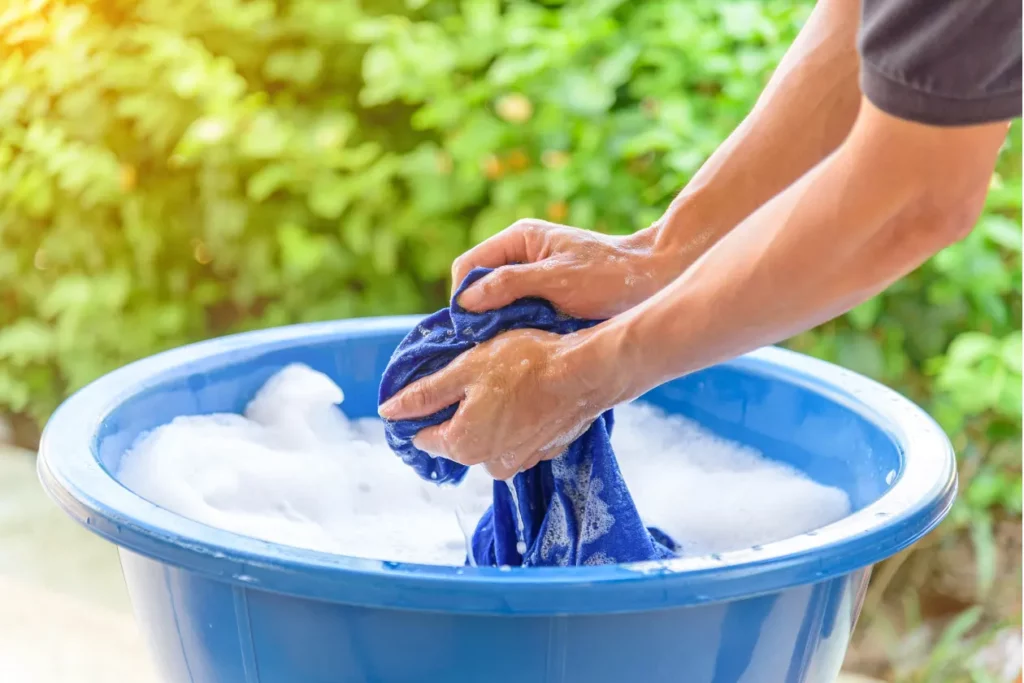
Challenges and Limitations of Replacing LABSA with SLES
A. Compatibility issues with other detergent ingredients
When replacing LABSA with SLES, compatibility issues with other detergent ingredients must be considered. In some cases, the substitution may require further adjustments to the formulation to maintain product performance.
B. Potential impact on product performance
Replacing LABSA with SLES may have an impact on product performance, particularly in heavy-duty detergent applications. It is crucial to thoroughly test the new formulations to ensure they maintain adequate cleaning efficiency.
C. Cost implications of switching to SLES
Although SLES may offer cost savings due to recent price drops, manufacturers must carefully weigh the potential savings against the potential impact on product performance and potential compatibility issues with other ingredients.
Navigating the Shift: Strategies for Detergent Producers
Given the cost advantage of SLES and its suitability for certain detergent formulations, how can manufacturers effectively navigate this potential shift? Here are some strategies:
- R&D and Reformulation: It’s essential to invest in research and development to explore the possibility of reformulating existing products with SLES while maintaining or improving product performance. This process might involve adjusting the ratios of other ingredients, testing different production processes, and conducting extensive performance evaluations.
- Understanding Consumer Preferences: Manufacturers must also consider consumer perceptions and preferences. While cost reduction is a significant advantage, it should not come at the expense of product performance or consumer satisfaction.
- Collaboration with Suppliers: Collaborating with surfactant suppliers can provide valuable insights into the latest surfactant developments, help anticipate price trends, and facilitate the transition to alternative surfactants.
- Regulatory Compliance: It’s crucial to ensure that any product reformulation complies with local and international regulations regarding detergent composition and environmental impact.
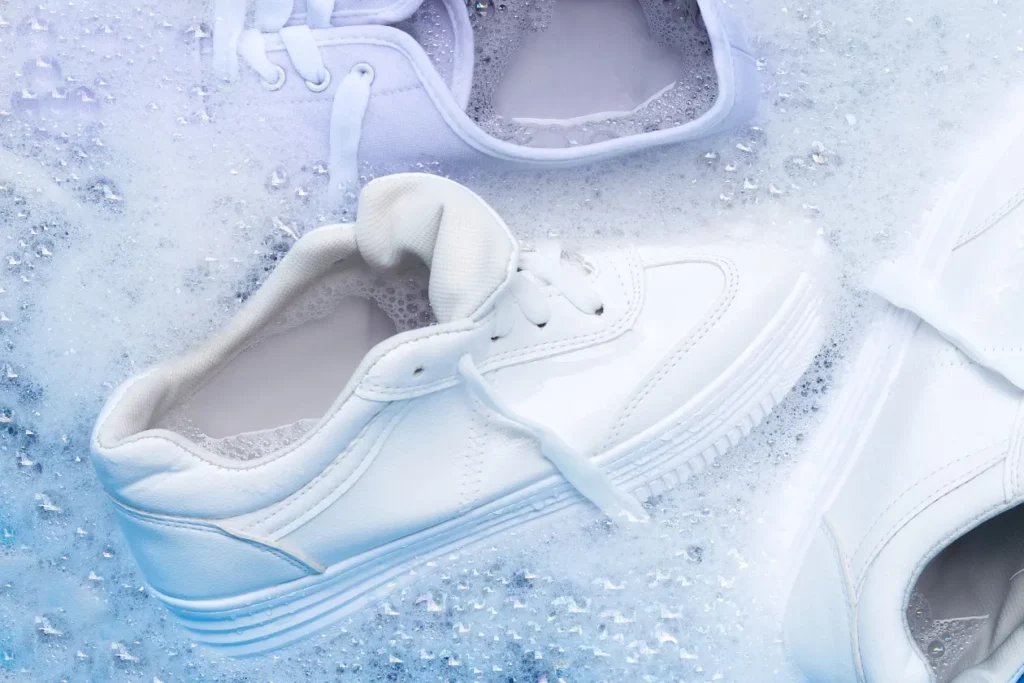
Industry Response and Trends
A. Recent moves by detergent manufacturers to switch from LABSA to SLES
Some detergent manufacturers have begun to replace or partially replace LABSA with SLES in their formulations, driven by changing price trends, environmental concerns, and a desire for milder formulations for consumers. These manufacturers are taking advantage of the benefits offered by SLES, while also making efforts to minimize potential drawbacks in terms of product performance and compatibility.
B. Market trends and the future of surfactants in detergent formulations
As consumer awareness around sustainability and environmentally friendly products continues to grow, detergent manufacturers are being pushed to seek more sustainable surfactant options. This trend may continue to drive interest in and the adoption of SLES and other milder, more biodegradable surfactants in detergent formulations.
C. Challenges ahead for detergent manufacturers
As LABSA and SLES continue to have diverging cost trends and environmental implications, manufacturers must carefully consider the balance between cost savings, product performance, and sustainability. As the industry moves toward adopting more sustainable surfactants, manufacturers will need to innovate and adapt to maintain competitiveness while also addressing environmental concerns.
Conclusion
SLES can be used as an alternative or partial replacement for LABSA in detergents due to its cost-effectiveness, milder properties, excellent foaming performance, and biodegradability. As consumer demand for environmentally friendly products grows and the price gap between SLES and LABSA widens, manufacturers may increasingly consider replacing LABSA with SLES in their detergent formulations. However, it is essential to carefully weigh the potential savings against possible impacts on product performance and compatibility with other ingredients.
Ultimately, the choice between SLES and LABSA in detergent formulations depends on the specific requirements and goals of manufacturers. Whether the aim is to reduce costs, minimize environmental impact, or create milder formulations for consumers, it is crucial to strike a balance that meets these objectives while maintaining product quality and customer satisfaction.


